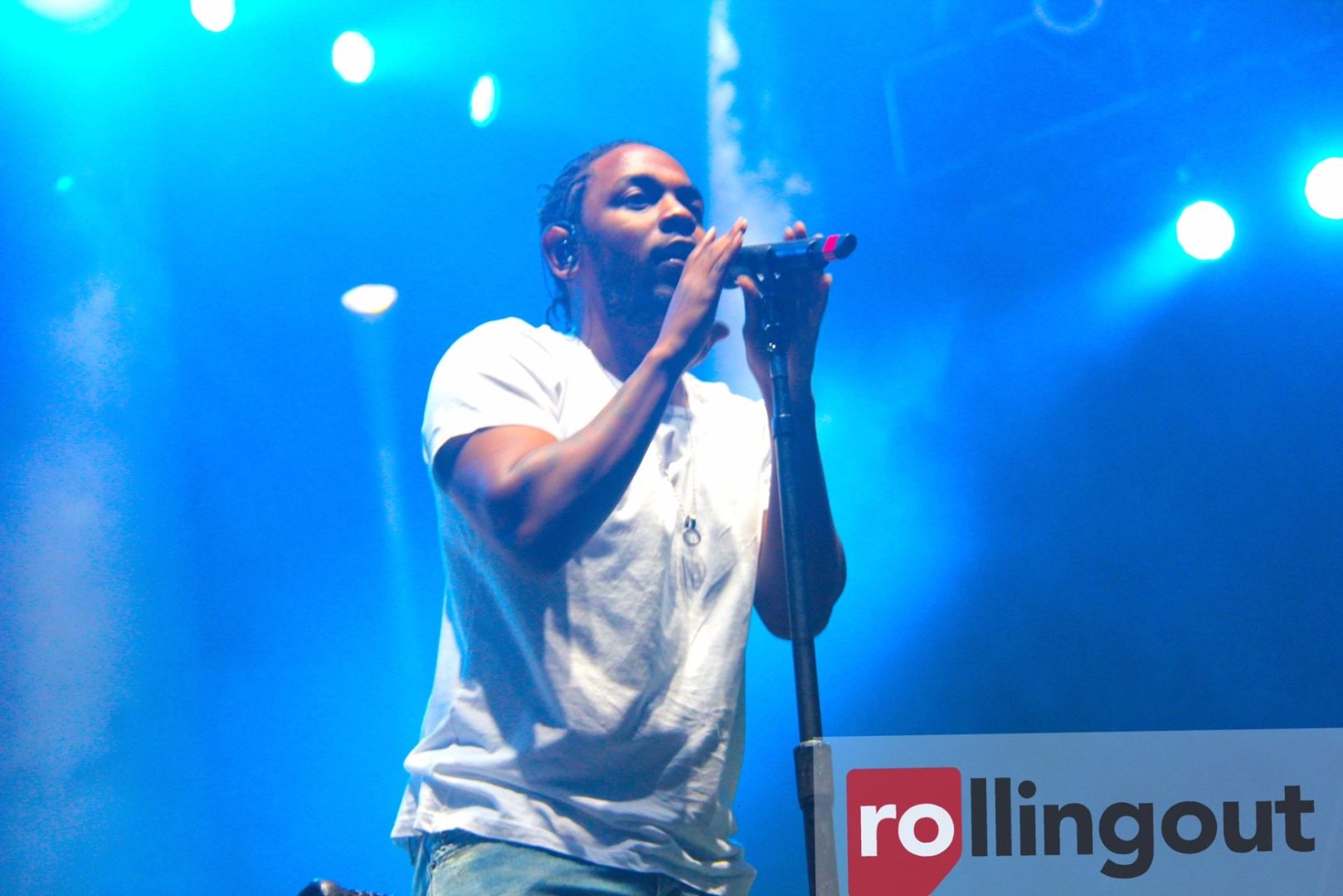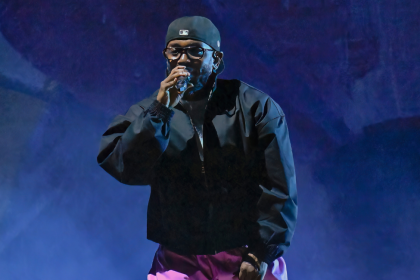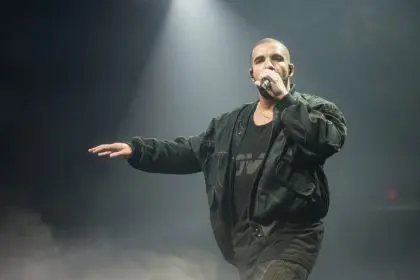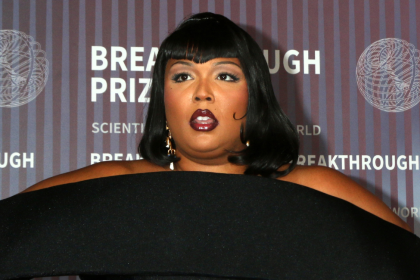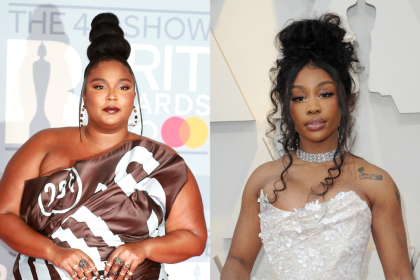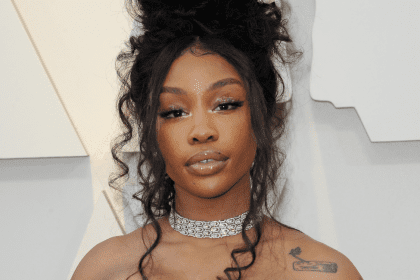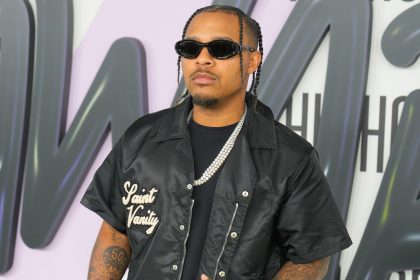The walls of Atlanta’s Mercedes-Benz Stadium vibrated with unprecedented energy on April 29, 2025, as the Grand National Tour delivered what many attendees are already describing as a historic hip-hop moment. Pulitzer Prize-winning artist Kendrick Lamar stunned the sold-out crowd by bringing Atlanta native Playboi Carti to the stage, creating an unexpected fusion of their contrasting artistic approaches that instantly dominated social media conversation.
The performance featured their collaborative track “GOOD CREDIT,” which showcased the striking contrast between Lamar’s meticulous lyrical precision and Carti’s frenetic performance style. This moment of artistic convergence stands as a defining highlight in a tour that continues to break financial records while blurring stylistic boundaries within contemporary hip-hop.
The financial impact of a cultural juggernaut
The Grand National Tour has demonstrated remarkable commercial power since its April 19 launch in Minneapolis. The opening performance at U.S. Bank Stadium generated $9.1 million in revenue according to Touring Data, establishing a new financial benchmark for the venue and signaling the tour’s extraordinary commercial potential.
Industry projections suggest the tour could potentially exceed $100 million in total revenue before concluding in summer 2025. This remarkable financial trajectory positions the Grand National Tour among the most lucrative hip-hop concert series in industry history, challenging previous records established by veteran performers.
The tour’s ambitious schedule encompasses major metropolitan centers including New York, Los Angeles, Chicago, and London, with international dates expanding its cultural footprint beyond North America. This widespread geographic reach demonstrates the global appeal of both Lamar and his co-headliner SZA, whose complementary artistic visions form the foundation of the tour experience.
Elements that made the Atlanta performance exceptional
The hometown connection elevated the emotional resonance of Carti’s appearance, as Atlanta’s passionate hip-hop audience witnessed one of their own sharing the stage with arguably the most critically acclaimed rapper of the generation.
The stylistic juxtaposition between performers became immediately apparent, with Lamar’s controlled precision forming a fascinating counterpoint to Carti’s unpredictable, kinetic stage presence and signature vocal techniques.
The visual production incorporated advanced technical elements including elaborate lighting sequences and custom visual effects that transformed the stadium environment to complement the musical experience.
The setlist strategically balanced commercial hits with deeper catalog selections, including Lamar performing “HUMBLE.,” “DNA,” and “Not Like Us,” alongside less mainstream selections like “King Kunta” and “m.A.A.d city.”
The appearance of Carti represented more than simple guest performance, it embodied a bridge between different eras and approaches to hip-hop artistry. Lamar, at 37, has established himself as the preeminent voice of conscious, technically sophisticated rap. Carti, 28, represents the vanguard of experimental, production-focused hip-hop that has emerged from digital platforms.
The generational significance of musical fusion
The unexpected collaboration between these stylistically divergent artists holds particular significance within the evolution of hip-hop. Lamar’s discography, including landmark releases like “To Pimp a Butterfly” and “DAMN.,” has earned unprecedented critical acclaim, including the first Pulitzer Prize awarded to a non-classical or jazz musician.
Carti has charted a distinctly different artistic path, with projects like “Whole Lotta Red” and “MUSIC” pushing toward experimental sonic territories that prioritize atmosphere and production over traditional lyrical density. Their artistic intersection on “GOOD CREDIT” demonstrates the genre’s remarkable capacity to accommodate seemingly contradictory approaches within a single composition.
This collaboration challenges conventional notions about hip-hop’s internal boundaries and suggests new possibilities for creative exchange between artists from different stylistic camps. The enthusiastic audience response indicates substantial appetite for such cross-pollination, potentially influencing future collaborative directions within the genre.
The dual headliner dynamic
The Grand National Tour’s co-headlining structure pairs Lamar with SZA, creating a multifaceted concert experience that appeals to diverse musical sensibilities. SZA’s contributions to the tour build upon the commercial and critical success of her 2022 album “SOS” and its deluxe edition “LANA,” which firmly established her as a defining voice in contemporary R&B.
Her performance segments offer stylistic counterbalance to Lamar’s intensity, with renditions of hits including “Kill Bill,” “Snooze,” and “Good Days” showcasing her distinctive vocal approach and genre-fluid musicality. The alternating performance structure creates natural dynamic variation throughout the concert experience, preventing stylistic monotony despite the extensive running time.
Both artists share history with TDE (Top Dawg Entertainment), the independent label that played crucial roles in their respective career trajectories before they achieved their current levels of commercial prominence. This shared professional background adds meaningful context to their touring partnership, representing a celebration of their mutual artistic origins.
Social media amplification and cultural conversation
The Lamar-Carti performance immediately triggered extensive social media activity, with performance clips spreading rapidly across major platforms including X, TikTok, and Instagram. This digital amplification extended the moment’s impact far beyond those physically present at Mercedes-Benz Stadium, creating a secondary audience of millions experiencing the collaboration through shared media.
The unexpected nature of the pairing generated particular intrigue, with numerous commenters expressing surprise at the chemistry between artists previously perceived as representing different hip-hop sensibilities. This reaction highlights how effectively the performance challenged preconceptions about artistic compatibility within the genre.
The social conversation extended beyond simple appreciation into speculation about potential future collaborations, with many suggesting this moment could presage more extensive creative partnerships between the artists. The viral spread demonstrates how effectively strategic live moments can generate disproportionate attention in the contemporary media landscape.
The historical context of Atlanta hip-hop
Lamar’s decision to showcase Carti in Atlanta carried added significance given the city’s foundational importance to hip-hop culture. During the performance, Lamar acknowledged Atlanta’s hip-hop legacy by referencing influential local artists including OutKast, T.I., and Young Jeezy, contextualizing the current moment within the city’s rich musical history.
Atlanta’s evolution from regional hip-hop incubator to global musical powerhouse represents one of music’s most significant geographic success stories. The city has produced multiple distinct waves of influential artists who have repeatedly transformed the genre’s sound and commercial approach over decades.
Carti embodies the most recent generation of this tradition, having emerged from Atlanta’s vibrant underground scene before achieving mainstream recognition. His appearance alongside Lamar symbolically connected different geographic hip-hop traditions, with Lamar’s Compton origins representing California’s parallel hip-hop legacy.
The remaining tour trajectory
Following the Atlanta performance, the Grand National Tour continues its progression through major North American venues including Madison Square Garden, Crypto.com Arena, and United Center before transitioning to European dates in London, Paris, and Amsterdam. Each upcoming performance carries heightened expectations following the viral Atlanta collaboration.
The tour’s remarkable commercial performance contradicts narratives about declining concert attendance in the streaming era. Despite industry challenges including rising production costs and ticket price concerns, the consistent sellout status demonstrates continued public willingness to invest in premium live music experiences.
For Lamar, the tour represents a victory lap following the success of his album “GNX” and his widely discussed musical confrontation with Drake. The enthusiastic reception reinforces his position at hip-hop’s creative and commercial pinnacle while showcasing his evolution as a live performer capable of creating memorable concert moments.
The Grand National Tour continues establishing new benchmarks for what contemporary hip-hop concerts can achieve, both artistically and commercially. By bridging different hip-hop subgenres and generations through moments like the Carti collaboration, Lamar demonstrates his commitment to showcasing the genre’s breadth rather than simply highlighting his own considerable catalog.

